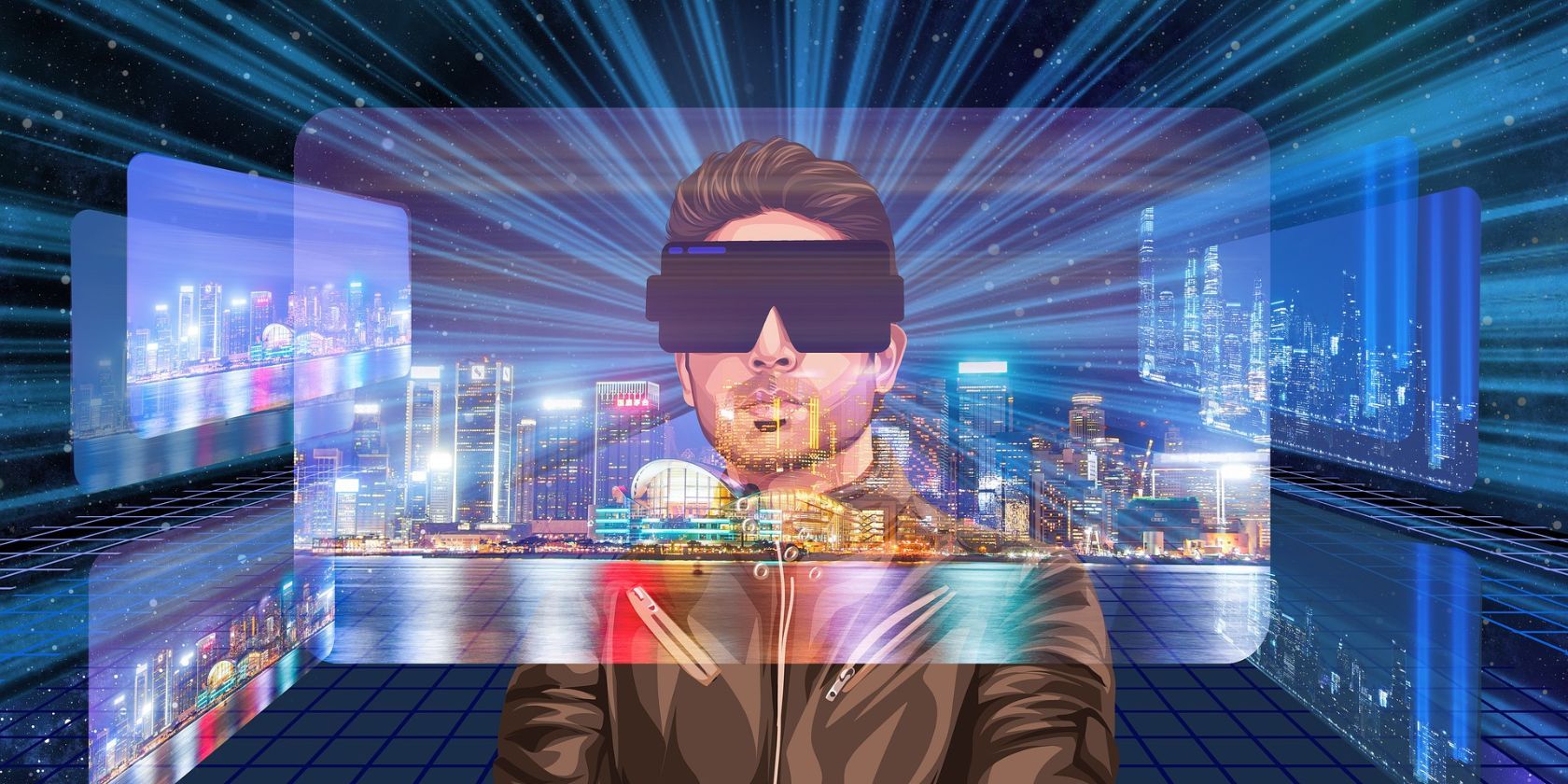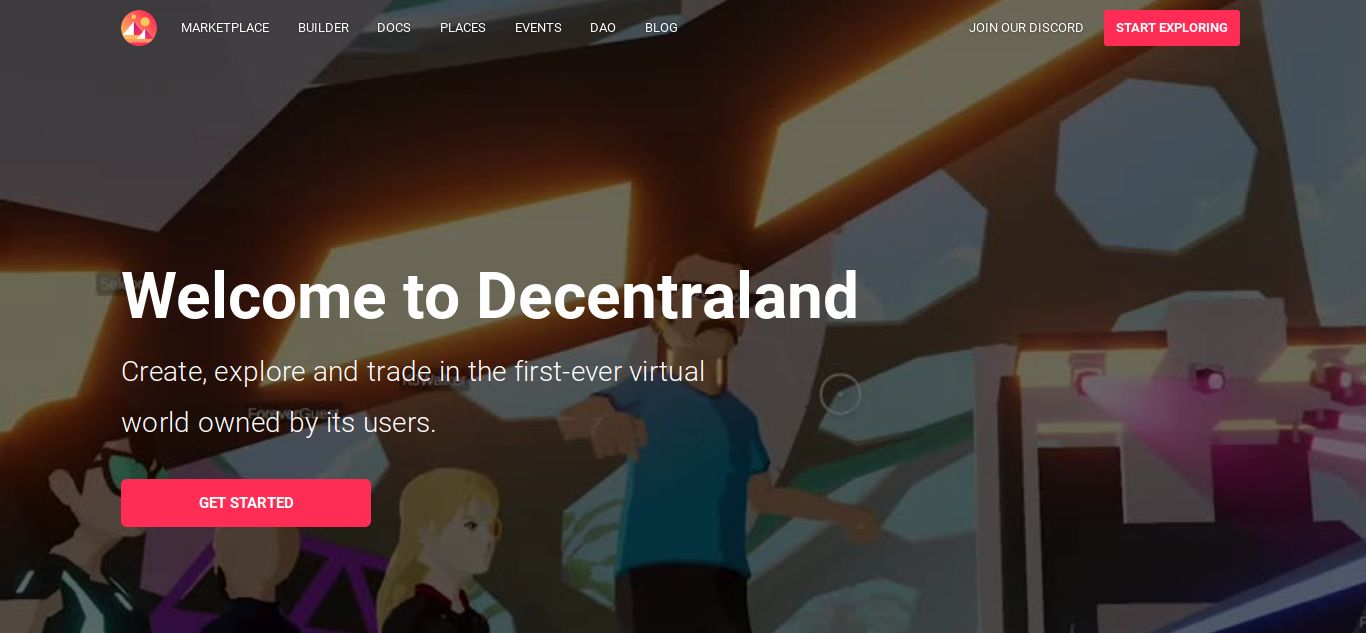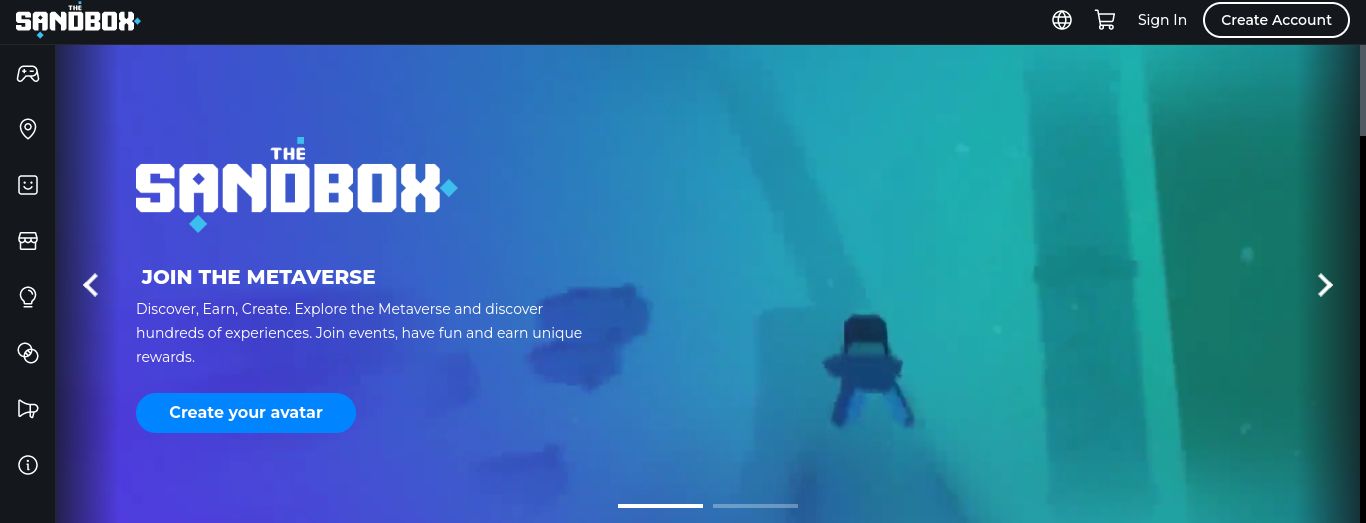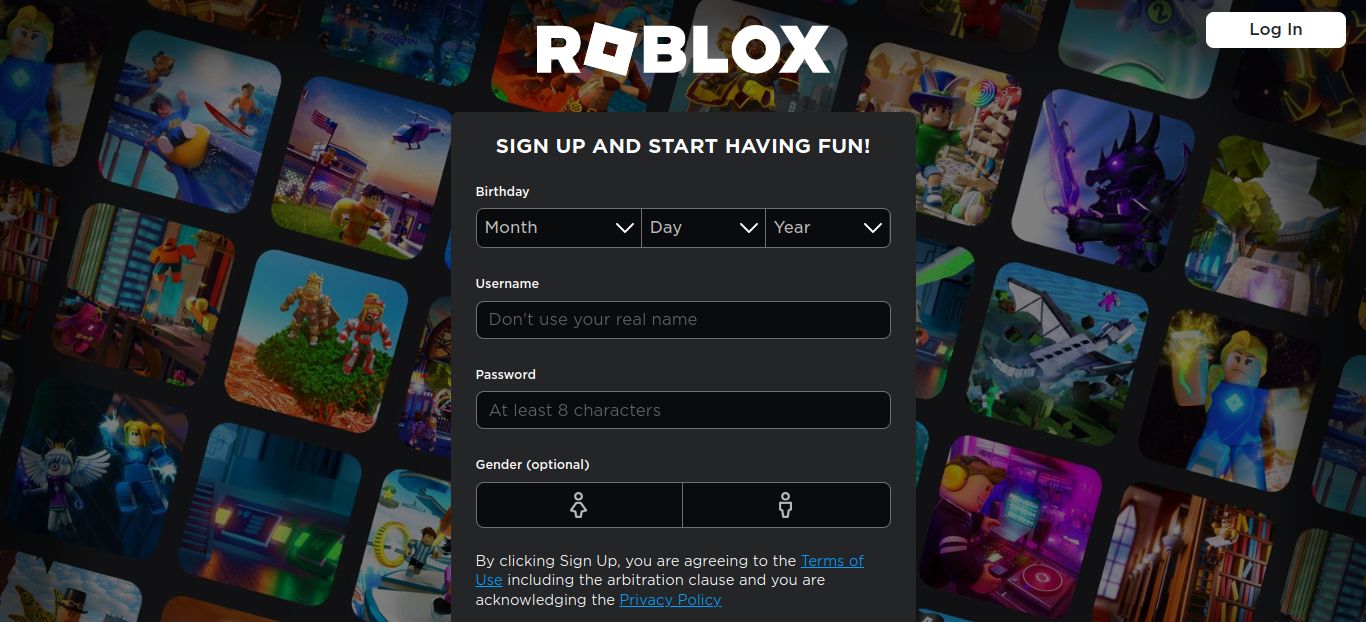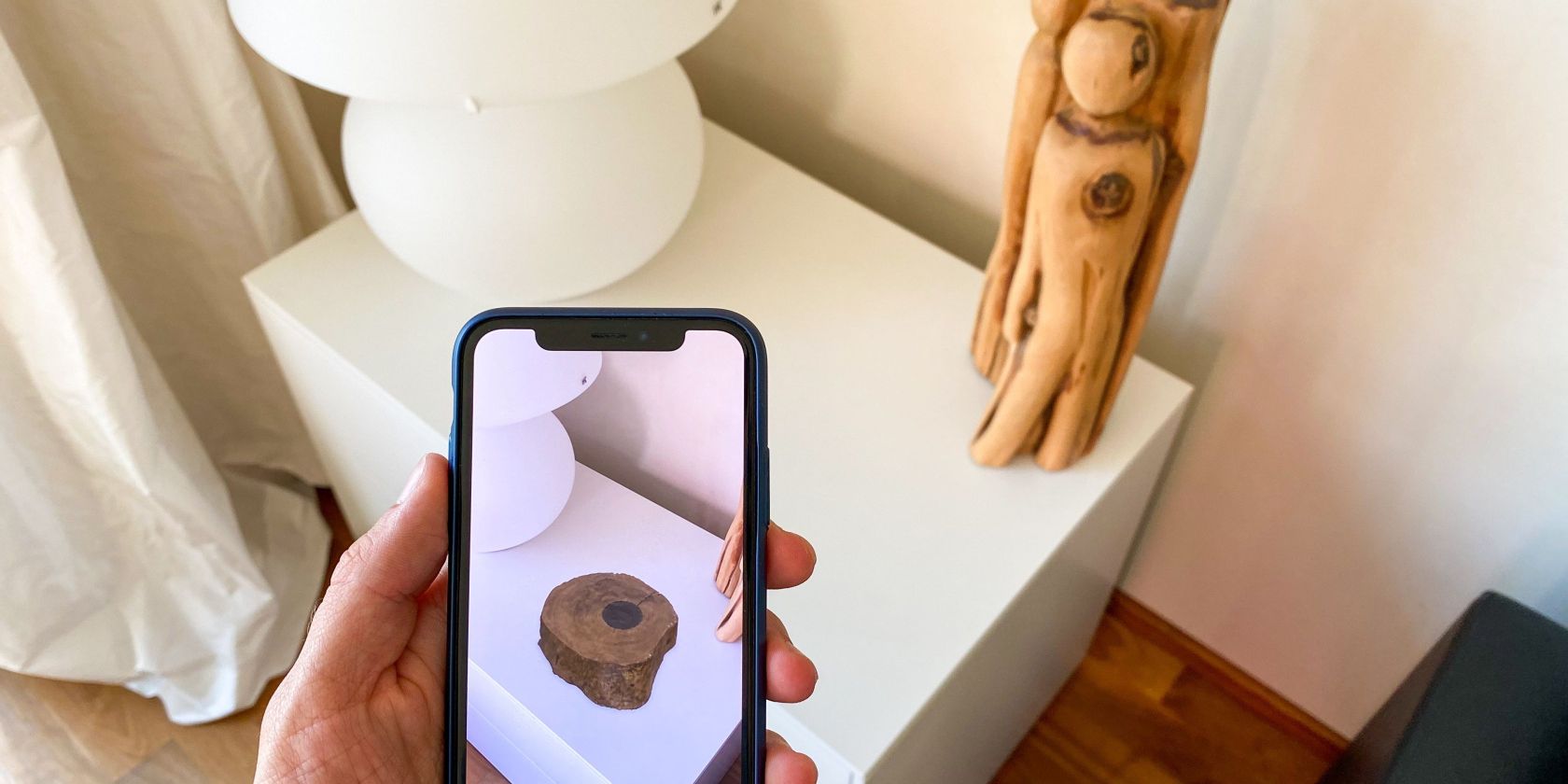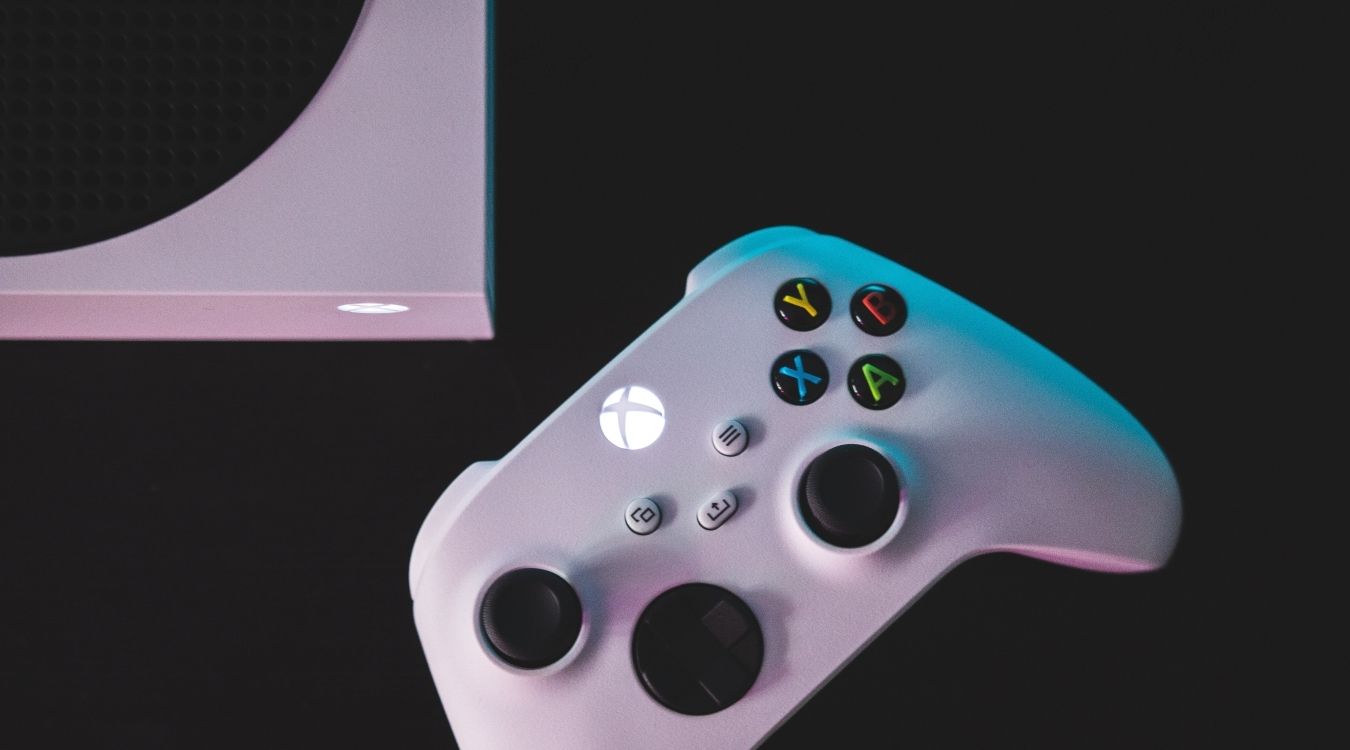When you think of the metaverse, what automatically comes to mind is a 3D simulation, a world you can only access with a virtual reality (VR) headset. However, you can also access the metaverse without those costly, bulky, helmet-looking wear-ons; all you need is an internet-enabled device.
There are many devices and platforms that enable you to experience the metaverse without a VR headset.
Why Not Use a VR Headset?
First, headsets are entirely immersive, which is a good thing. You feel like you're "in" the metaverse. The haptic and force feedback from your controllers and the way the outside world is totally blocked off all serve to give you an enthralling experience.
But the downsides? They're expensive. The advanced tech needed to make this hardware and the limited market for them leads to very costly devices in very short supply.
Fortunately, you can explore the metaverse without using expensive VR headgear.
1. Web-Based Metaverse Platforms
This is the easiest way you can explore the metaverse. You only need an internet connection and a computer to use web-based metaverse platforms like Roblox, Decentraland, and The Sandbox.
Decentraland
Decentraland is the first decentralized metaverse powered by the Ethereum blockchain, and it's built, governed, and owned by its users. You can explore, create, and trade in Decentraland using its native cryptocurrency, MANA.
In Decentraland, you'll find different experiences and content, such as games, art, music, social events, and more, while winning prizes and rewards. You can customize your avatar and wearables to express your identity and style. In addition, you can visit different districts with themes and communities, such as Genesis Plaza, Casa ROUSTAN, or WonderMine.
To explore Decentraland, you must use a web browser or download its client for Windows or Mac. Either way, you need a compatible cryptocurrency wallet to store your MANA and other assets. Some wallets that work with Decentraland are Metamask, Fortmatic, WalletConnect, or Coinbase Wallet.
The Sandbox
Like Decentraland, the Sandbox is based on the Ethereum blockchain. It allows players to build and monetize virtual experiences using non-fungible tokens (NFTs) to represent digital assets such as avatars and land.
The Sandbox has a map of over 166,000 LANDs, which are parcels of virtual space that players can buy, sell, and customize. Each LAND is a 96x96 meter area that can host games, social hubs, art galleries, museums, and more. You can use the game maker tool to create your own games and experiences on your LANDs or visit other players' LANDs to play and socialize.
The Sandbox also has a marketplace where you can buy and sell NFTs you or other artists and creators created using SAND, the utility token of The Sandbox. The marketplace has over 10,000 ASSETS, which are NFTs you can use in the game maker or on LANDs. Some examples of ASSETS are trees, buildings, animals, vehicles, weapons, and more.
The marketplace also has collections of ASSETS that The Sandbox or its partners curate.
Roblox
With over 66.1 million daily active users, Roblox is popular among teenagers and young adults. This online gaming platform allows you to create games and experiences.
Roblox is a great way to access the metaverse because it offers variety, creativity, and community using your internet-connected computer or smartphone. You can find games, ranging from simple mini-games to complex simulations and role-playing games, and worlds that suit your interests and preferences. Also, you can customize your avatar with different outfits, accessories, and animations.
But Roblox is more than just a game platform; you can socialize by chatting, joining groups, participating in events, and making and interacting freely with friends. Roblox is free, but you can earn or purchase Robux to own some in-game items, buy new skins for your avatar, or upgrade your Roblox account.
2. Augmented Reality on Smartphones and Tablets
Augmented Reality (AR) enhances your perception of virtual reality by adding virtual objects, characters, sounds, and effects to your real-world environment. You can either use an AR headset (Microsoft HoloLens, Magic Leap One, etc.) to view digital content overlaid in the real world or use your smartphone or tablet as a window to the metaverse.
There are several AR apps on your Android device or on other devices that'll enable you to interact with virtual content in various ways, such as seeing a snake or tiger on your bed or toilet bowl. Some examples of AR apps you can use are Snapchat, Craftland AR, IKEA Place, Pokémon Go, and Google Arts & Culture.
3. Video Gaming Consoles
You can access the metaverse in 2D through video gaming consoles like PlayStation, Xbox, or Nintendo Switch. With their powerful graphics and sound capabilities, you can feel completely immersed in video games, especially with a large screen and high-quality surround system.
Gaming consoles also allow you to create and share content with other players, such as custom maps, characters, or items, and participate in social activities like chatting, streaming, or watching live events. However, only a few games support online features and metaverse elements, such as Rec Room, Fortnite, Minecraft, or GTA Online.
3 Pros of a Non-VR Metaverse
Though it is undeniable that headsets provide a more immersive experience, there are advantages to accessing the metaverse without using them.
1. Greater Accessibility
VR headsets are costly, making them inaccessible for many. When the need for a headset is removed, the metaverse becomes more affordable and inclusive to a wider range. Also, headsets can be impossible for people with sensory or physical disabilities, and they can cause nausea and vomiting for others if used for too long.
A non-VR metaverse reduces these risks and gives access to those with disabilities who want to experience the metaverse.
2. Social Integration
Headsets are completely immersive. It is almost impossible to do anything else in the physical world while in the metaverse.
With a non-VR metaverse, you can engage in physical interactions while in a virtual space, promoting real-life connections and social integration.
3. Privacy and Security
VR headsets may collect and store personal data such as biometric information, location, preferences, and behavior patterns. This data could be accessed by unauthorized parties or used for malicious purposes. Moreover, you may be prone to cyberattacks like malware, phishing, or ransomware using VR hardware.
So, not using VR headsets eliminates this concern as you have more control over how much of your data is collected.
Disadvantages of a Non-VR Metaverse
While accessing the metaverse without headsets has its advantages, one major disadvantage to using this medium is the absence of sensory feedback.
VR headsets immerse you completely in the virtual environment. The spatial awareness and haptic feedback can only be recreated with the hardware. Without these, a non-VR metaverse lacks an in-depth, immersive experience. And despite what we've said above, isn't that a core part of the metaverse experience?
You Can Explore the Metaverse Without VR Headsets
You can undoubtedly experience the metaverse better with headsets, but there are other cheaper, easier ways to explore this virtual world.
Coupled with the expensive headsets and the unique computing systems needed to run them, non-VR access to the metaverse is an alternative worth considering.

